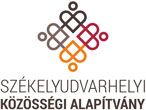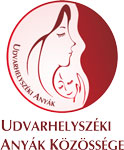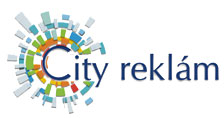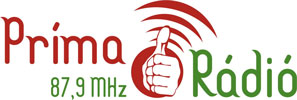
Child Rescue Service Development In Odorheiu Secuiesc
The Odorheiu Secuiesc Community Foundation is launching a fundraising campaign together with the Association of Mothers of Odorhei.
Romania ranks first in Europe in terms of premature birth mortality. While the national average rate of deaths due to premature births is 7.5 per thousand (compared to 1,000 live births), this rate has been 8 per thousand in Harghita county, 7.5 in Covasna county and 8.2 in Bacău county in 2015.
Currently the chances of a premature baby surviving in the absence of an advanced ambulance service are significantly reduced if born in the above mentioned counties.
The basic need for professional care is the state-of-the-art medical technology, the lack of this technology greatly reduces the chances of surviving. The OSCF and the Association of Mothers of Odorhei are launching a fundraising campaign to procure quality medical devices. It would be absolutely crucial to get the following tools:
- incubator and mobile incubator
- hearing aid
- special monitor
- breathing aid
We intend to obtain these devices through donation or fundraising. We provide several ways to raise funds:
- donation boxes are placed in several stores in Odorhei,
- online donation is also available on the OSCF Fundraising Portal (give-get-do.ro)
- sending SMS: if the word “newborn baby” is sent to the 8837 number, you are already donating € 2.
This has to be done until September 15th,
Whoever saves a life saves the whole world!
Fundraising NewsAfter the launch of the campaign, additional locations joined us:
You can also find donation boxes at Cristuru Secuiesc by the the Szilveszter Market, Szilveszter Kedvenc és Szilveszter Super grocery stores, and by the Maximum and Perfect stores. The Care Assistance Organization is involved in this project as well. In Vlahita you can find the donation boxes by the Perfekt store |
Financial Results
|
What Do The Professionals Say?Our questions were answered by the specialists of the Odorheiu Secuiesc Hospital, Dr. Anikó Pelok from the neonatology department, and Dr. Szende Kiss, pediatrician.
First the newborn is wiped, then if necessary, the respiratory tract is opened, he or she is measured and a clinical examination is performed. In case of maladaptation, oxygen is given after the airways are opened, and balloon ventilation, intubation, and drug administration may also occur. In this case, we need a heart rate monitor, respiratory balloon, or Neopuff infant resuscitation device.
Prematures are more likely to have maladaptation and in most cases incubator placement is required. If breathing problems occur: a respiratory support (CPAP) / breathing machine may be used. However, continuous monitoring is required and enteral nutrition must be supplemented by parenteral nutrition – via central or peripheral veins. This operation requires: venous catheters, a perfusion device. Because the birth room is on the 3rd floor and the newborn department is on the 4th floor, the nurses are currently carrying the babies in their lap. A mobile incubator equipped with oxygen would also be helpful for safer transportation.
Upgrading our technology would make newborns’ cardio-respiratory adaptation even more secure after birth, reducing the likelihood of future permanent injuries. In this case the newborn babies need to be ventilated, there is a significant difference between manual and mechanical ventilation, which can help prevent many of the subsequent complications.
Depending on the device, it might be worth replacing it in every 5-10 years.
|
||










